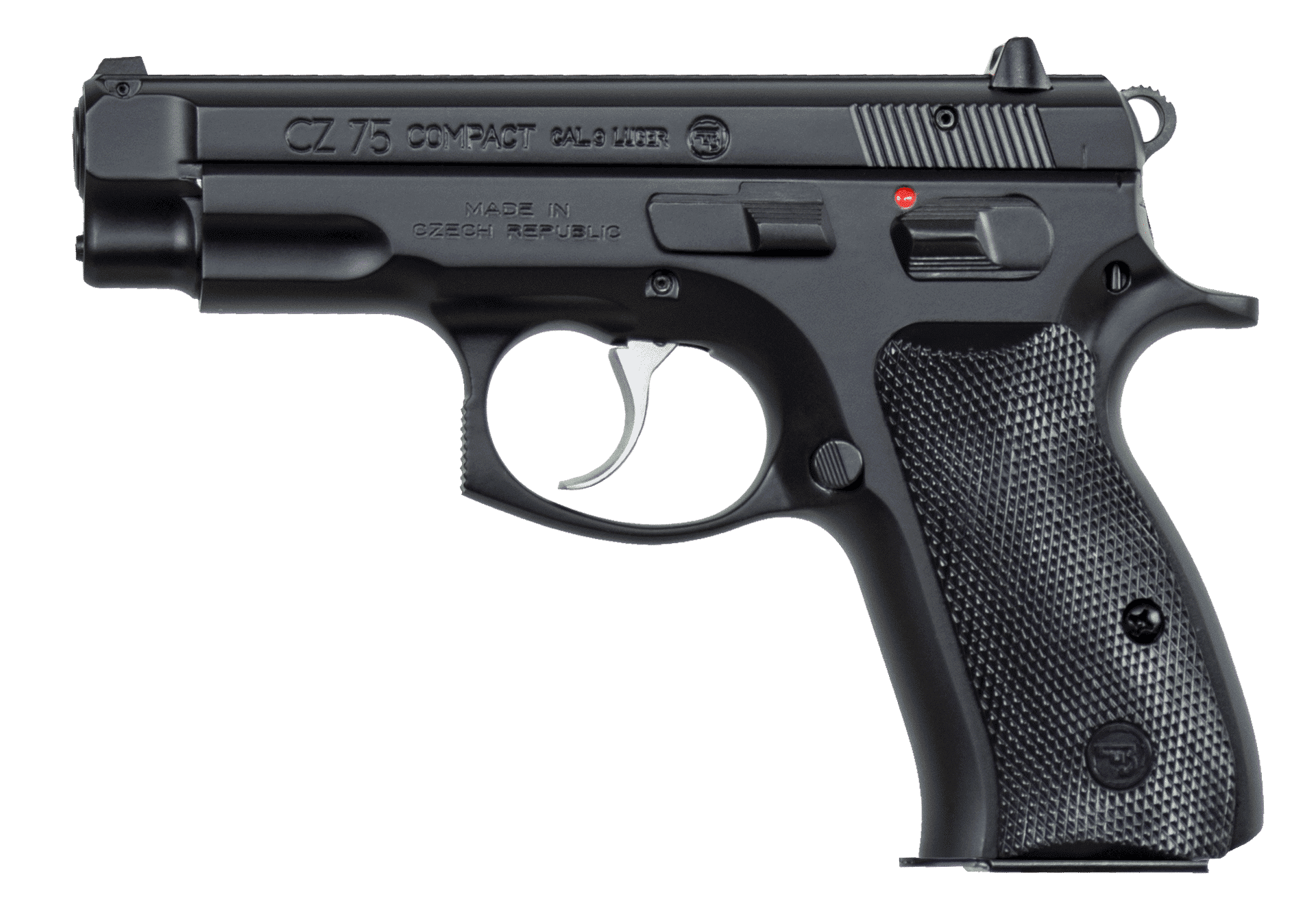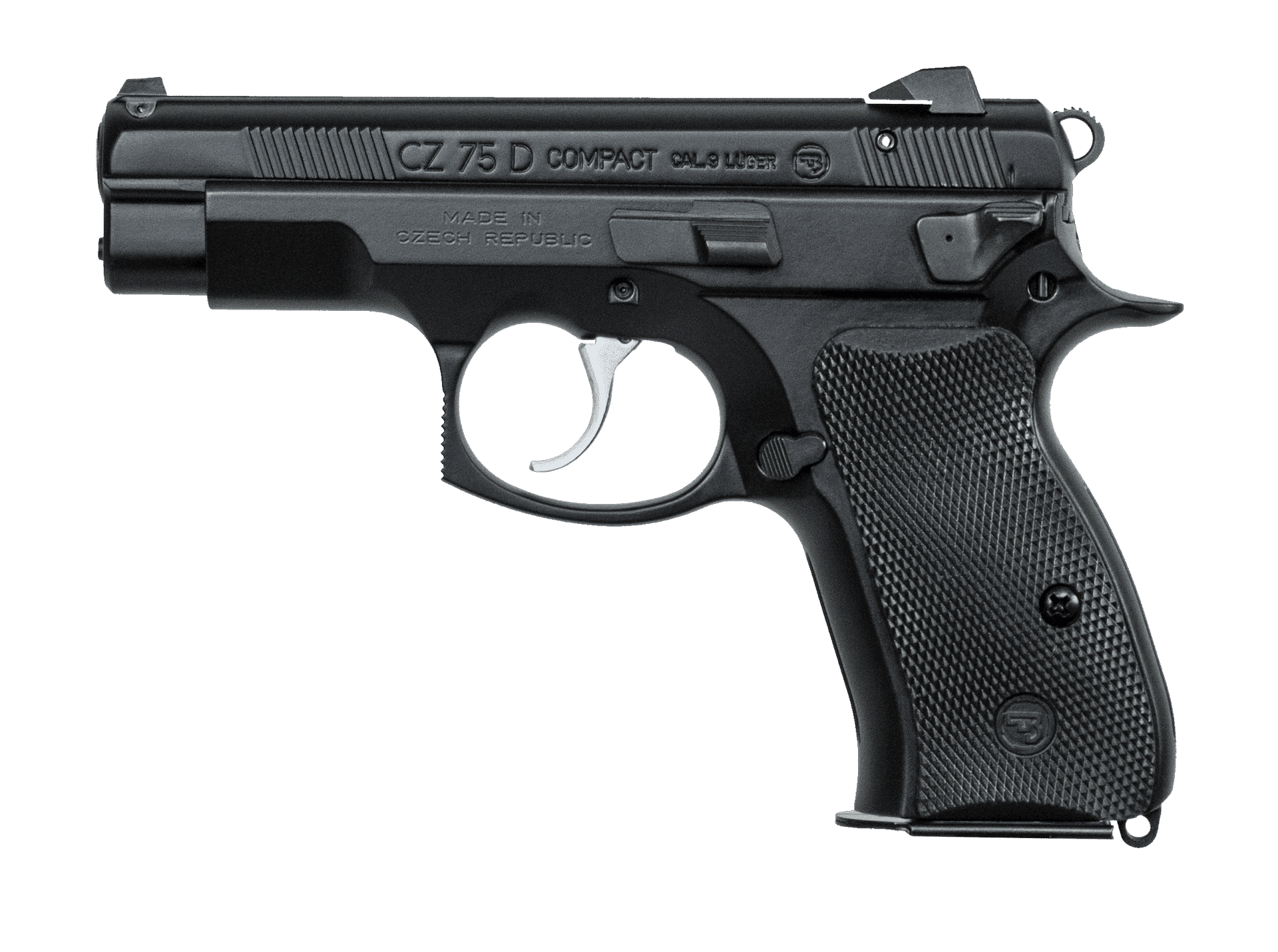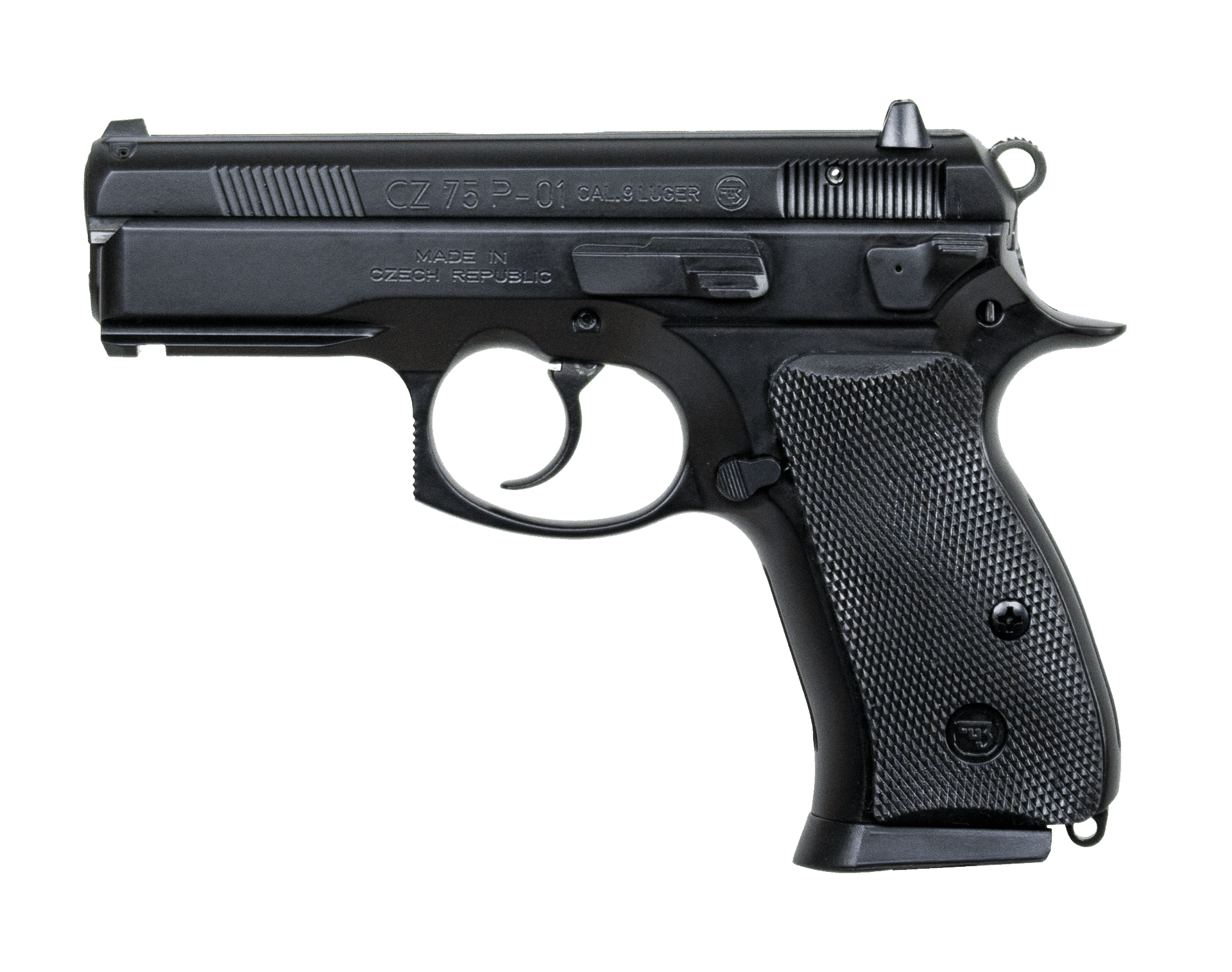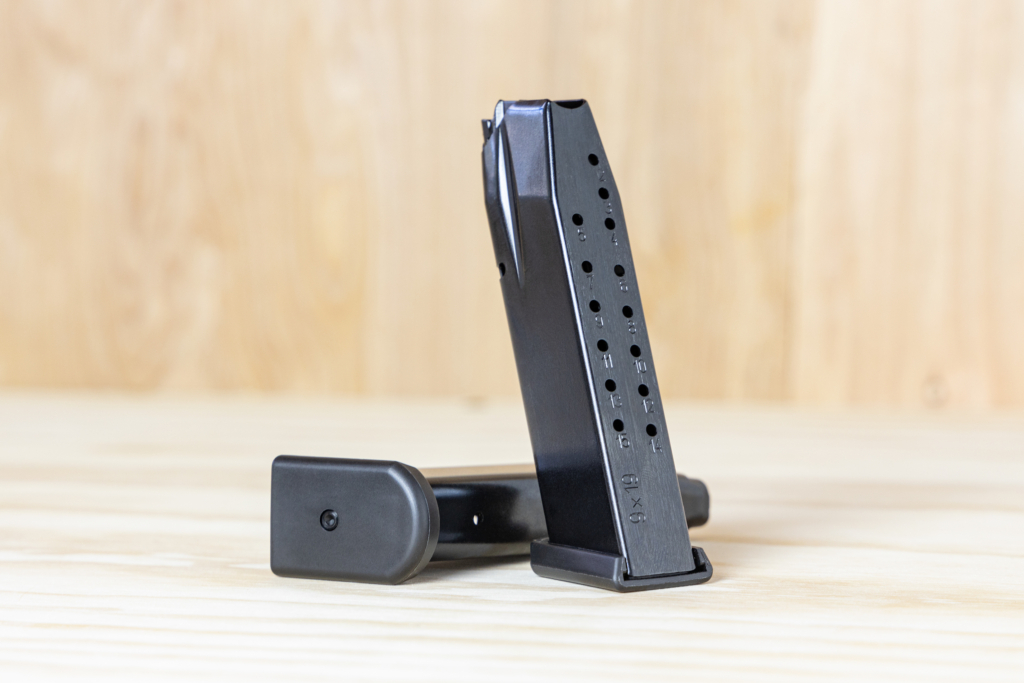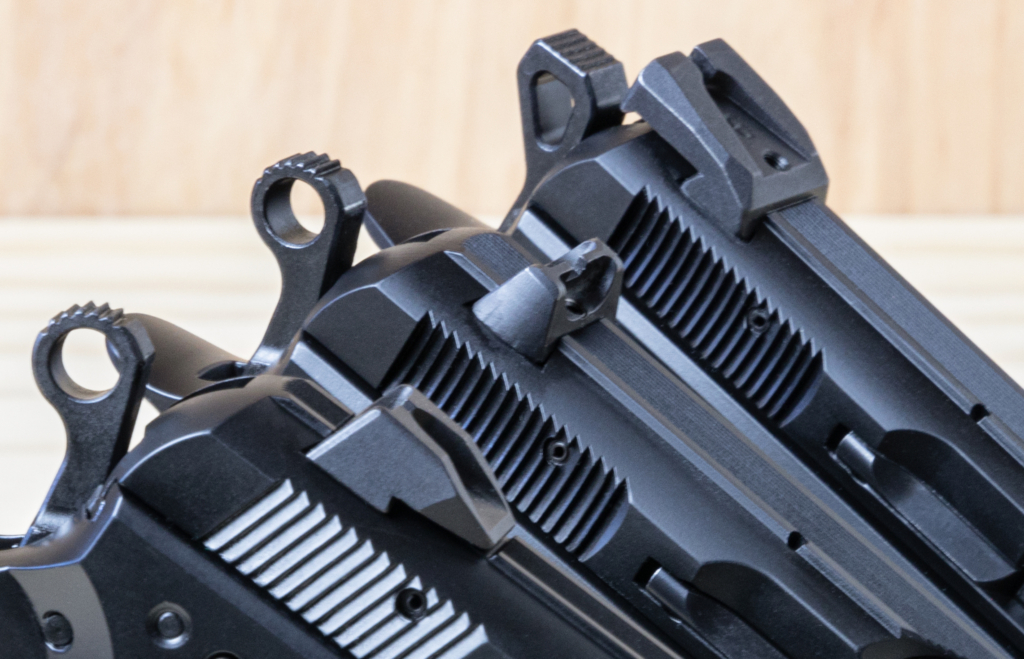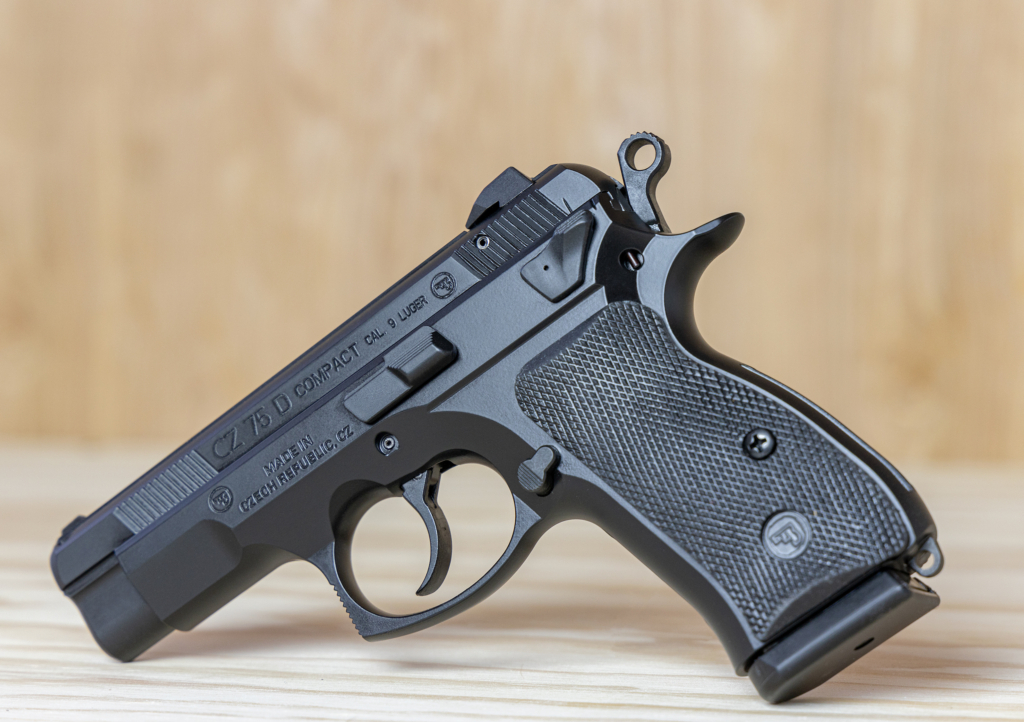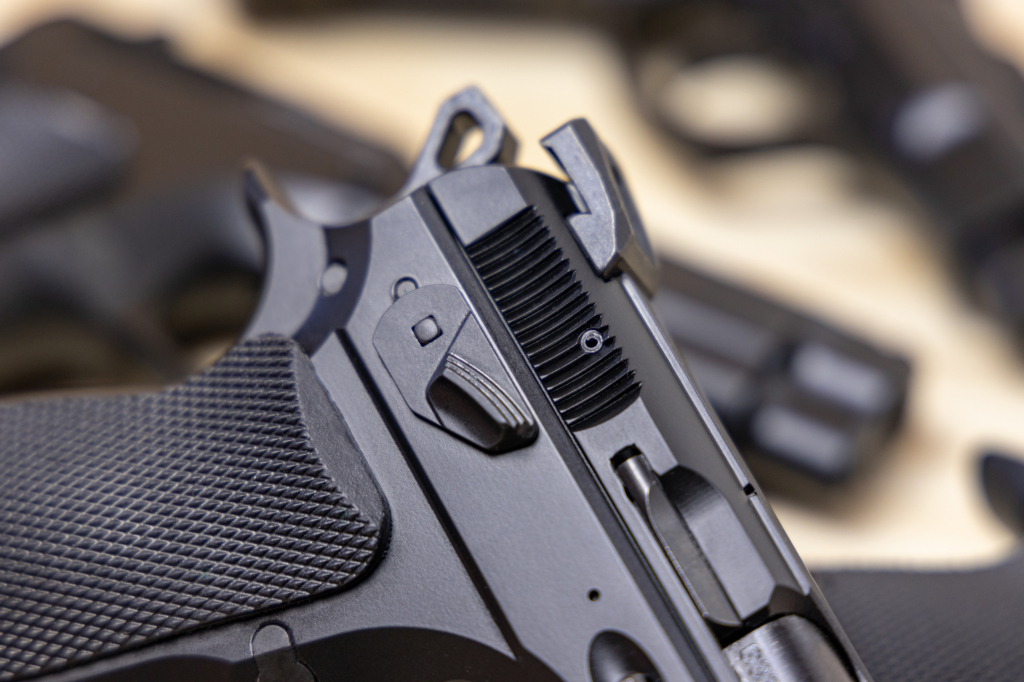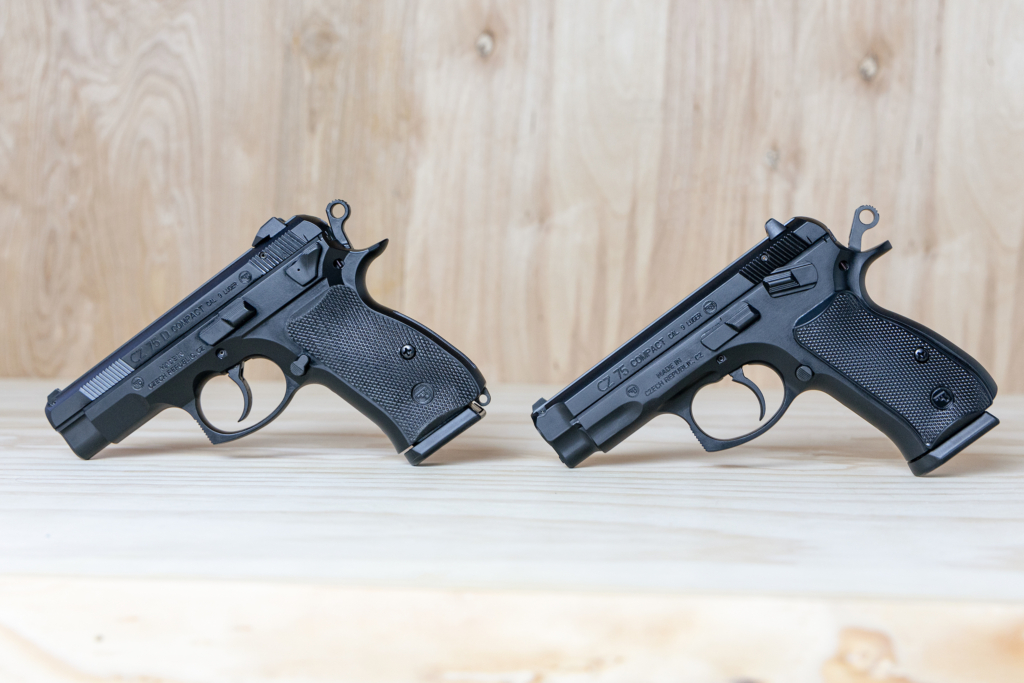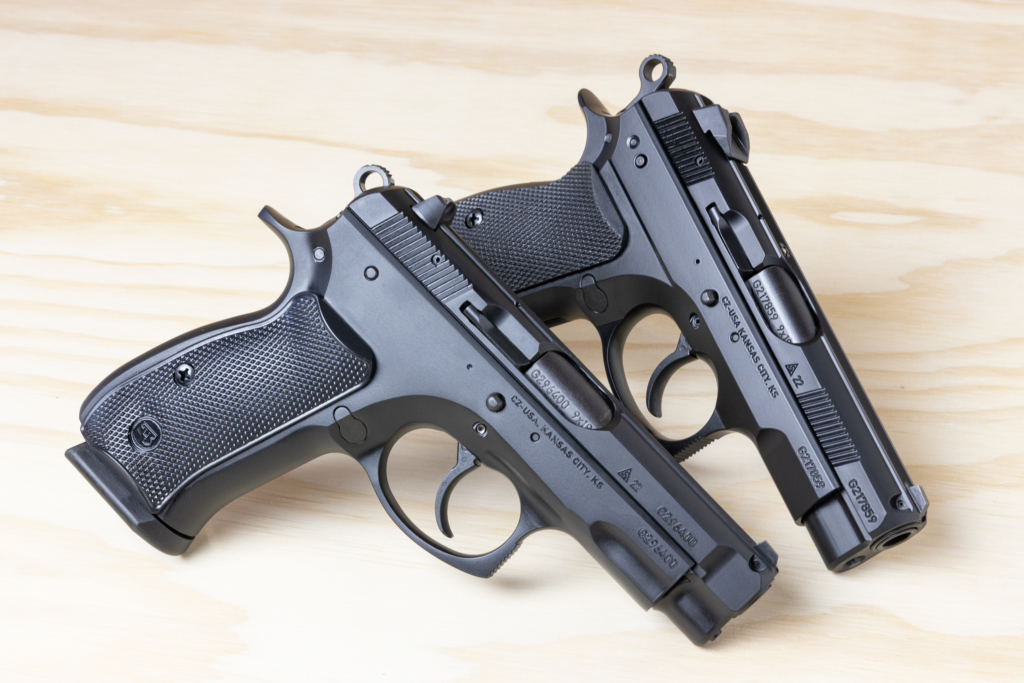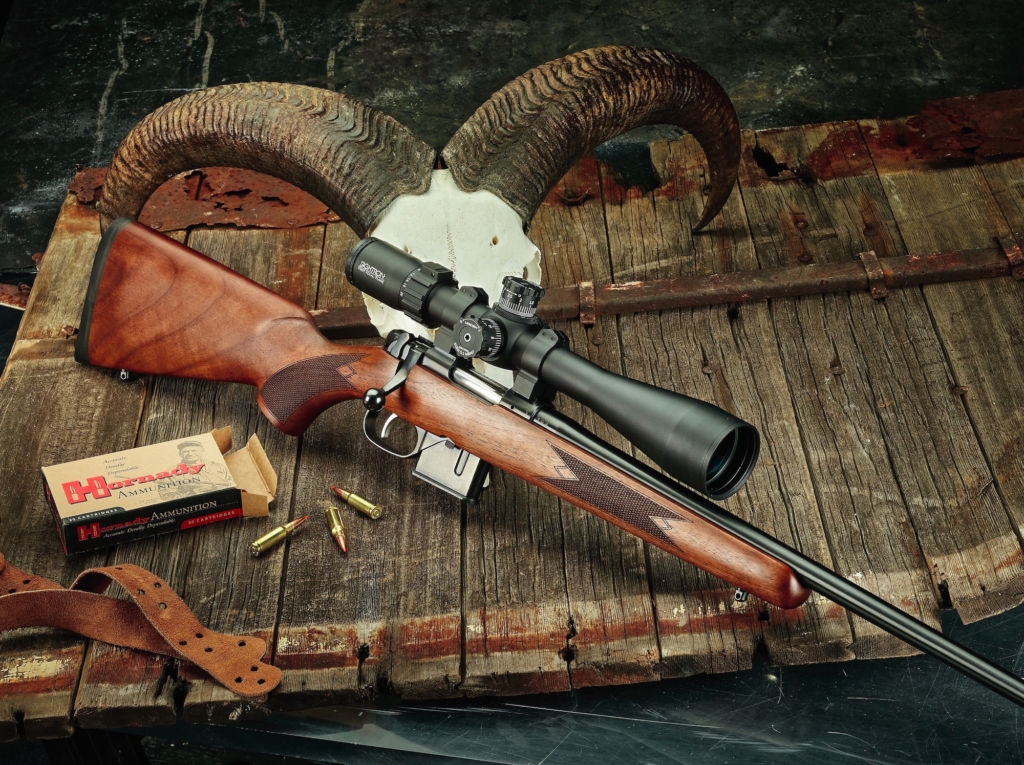75 Compact, PCR, and P-01 – What’s the big difference?
If you’re considering buying one of CZ’s metal-framed compacts but need some help navigating the differences, you’ve come to the right place!
For nearly five decades, the majority of CZ pistols have been built around the venerable CZ 75 design, known for its comfortable grip, smooth factory trigger system, and distinctive slide-in-frame design. It’s no wonder this pistol is the second most copied in the world (only bested by the 1911 – quite tough to compete with the gold standard of single-action combat pistols!).
CZ’s current line of compact 75-series pistols are all double-stack high-capacity 9mms, so what makes the P-01 Omega, P-01, PCR, and 75 Compact different from each other?
CZ 75 Compact
Essentially just a smaller version of the classic CZ 75. The 75 Compact retains the steel frame of its big brother and lops about ⅞” off the muzzle and ⅜” off the grip, resulting in a pistol that is a bit more concealable, a modicum lighter, and employs the same thumb safety system as the standard CZ 75 B.
Where the 75 Compact shines is its shootability. Because it retains a tad more of the weight of its older sibling, range time behind this little pistol is a breeze. The fixed metal three-dot sights are better than the factory offerings of most other pistols in its class and give a sharp sight picture. The clean trigger pulls are predictable and easy to learn, and they can be manually decocked to operate in double action if you so desire.
The 75 Compact brings all the features that have made the standard CZ 75 B popular over the years, just in a slightly smaller package with a slightly reduced magazine capacity of 15+1 (one that is shared across the board for the flush-fitting compact magazines in models discussed here).
MSRP: $649
CZ 75 PCR
The middle ground between the 75 Compact and the P-01, the PCR’s name, is an initialism for ‘Police Czech Republic.’ Developed by CZ for use by law enforcement and the military, the PCR took the general dimensions of the 75 Compact but gave it a forged alloy frame that allowed it to drop more than ¼ lb. from its overall weight. A slight widening is visible around the slide rails to ensure enough strength for a lifetime of abuse to beef up this frame. While this slight width increase in practical use doesn’t affect much, it does mean that a PCR won’t fit into a tightly-molded holster intended for a 75 Compact.
A more significant departure from the 75 Compact is using a decocking lever in place of the thumb safety. The purpose behind this system is that when the chips are down, and an officer has to pull their sidearm, the PCR doesn’t have a safety that must be disengaged to fire. Instead, the first pull of the trigger is double action,
meaning it’s heavier and requires a conscious, intentional pull to fire that first shot. Every shot after that is single action since the cycling of the slide will result in a cocked hammer.
A few little extras that the PCR brings to the table are a snag-free rear sight and a loaded chamber indicator that lives in the top of the slide, with a spring-loaded button that protrudes up slightly to visibly and tactilely indicate that a round is present in the chamber. Another excellent addition is a set of forward serrations that give the PCR (and the P-01s) an extra gripping surface to rack rounds into the chamber – something that’s very nice due to the lower profile of the CZ 75’s slide-in-frame design.
CZ 75 P-01
A product of CZ’s tactical pistol development program that went on to later produce the SP-01 full-size pistol, the P-01’s most noticeable difference is an accessory rail added to the dust cover of its frame. Carrying a similar forged alloy frame and the same decocker system as the PCR, the P-01 forgoes the loaded chamber indicator and snag-free sight and has a set of fixed three-dot sights.
Like the PCR, the P-01 is a favorite of tactical units worldwide due to its capacity, reliability and ease with which shooters can become proficient. The first CZ pistol to earn NATO approval, the P-01 was put through an extensive testing regimen resulting in a high number of rounds downrange with incredibly few stoppages experienced. The result was a Mean Rounds Between Stoppages of 2142 – a number that bests the tested reliability of the current US Army sidearm!
Making the Choice
With the differences between the models lined out, the hard part is choosing between them. Here are some of the deciding factors:
- If you want the ability to mount a light or laser to your pistol, that narrows the choice to one of the P-01 models. If this pistol will serve duty on the bed stand when things go bump in the night, having a light attached to it will bring the welcomed assurance of knowing what you’re pointing at if you happen to come face-to-face with a threat in the dark of night.
- Still undecided whether you want a safety model or a decocker model? In that case, the P-01 Omega Convertible spans both systems. It is an incredibly versatile gun that can serve well at the range, carried concealed or on the bedside without giving up much ground to any of its similarly-sized siblings.
- Added weight is good if the pistol is primarily a range gun! That weight will eat up recoil and make the pistol easier to shoot for longer, so the 75 Compact will be the best choice, followed by the P-01 models and then the PCR.
- If you are looking for an everyday carry gun and don’t plan on equipping a light, the PCR is the lightest and least bulky of all options in the Compact line.



